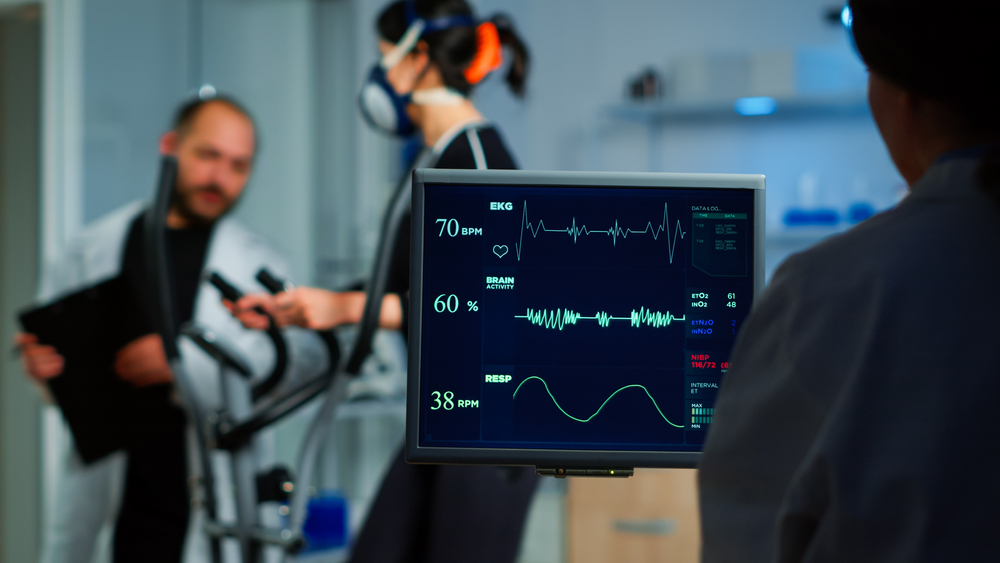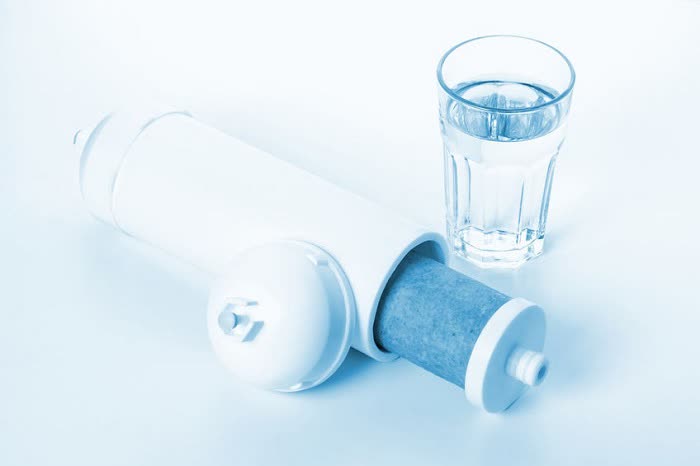Introduction
For athletes and fitness enthusiasts, VO2 max is a powerful measure of endurance and cardiovascular health. It refers to the maximum amount of oxygen your body can utilize during intense exercise, and improving this metric is often key to enhancing performance in endurance sports like running, cycling, and swimming. But how can you accurately assess your VO2 max? There are various VO2 max testing methods, each with its own strengths and limitations. This guide will explore the different approaches to VO2 max testing, helping you choose the one that best suits your needs.
What is VO2 Max and Why is It Important?
VO2 max, or maximal oxygen uptake, measures how much oxygen your body can consume during peak exertion. It is expressed in milliliters of oxygen per kilogram of body weight per minute (mL/kg/min). A higher VO2 max means your body can transport and use more oxygen, resulting in better endurance and the ability to sustain higher levels of effort for longer periods.For athletes, understanding VO2 max is crucial because it serves as a key indicator of aerobic fitness. Regular testing can help you monitor progress, optimize training intensity, and predict performance in endurance events. But with different methods available, choosing the right VO2 max testing approach is essential to get accurate and useful results.
Methods of VO2 Max Testing
There are three primary methods of VO2 max testing: laboratory testing, field testing, and wearable technology. Each method offers unique benefits depending on your fitness level, resources, and testing environment.
Laboratory Testing
Lab-based VO2 max tests are considered the gold standard for measuring maximal oxygen uptake. These tests are typically conducted in a controlled environment, such as a sports science lab, where the athlete runs on a treadmill or cycles on a stationary bike. The athlete wears a mask connected to a machine that measures the amount of oxygen inhaled and carbon dioxide exhaled as the intensity of the exercise gradually increases.The test starts at a low intensity and progressively gets harder. The athlete continues until they reach exhaustion, at which point their VO2 max is calculated based on the amount of oxygen consumed at peak effort.
Field Testing
Field tests are a practical and accessible alternative to lab-based testing. These tests estimate VO2 max based on how far or how fast an athlete can perform in a set time. Some common field tests include the Cooper Test and the Rockport Walking Test.This test involves running as far as possible in 12 minutes. The distance covered is then used to estimate VO2 max using a standard formula. This test is ideal for beginners or less-fit individuals. Participants walk a mile as fast as possible, and their heart rate at the end is recorded to estimate VO2 max.Field tests are easy to conduct and don’t require specialized equipment. They can be performed on a track, road, or even a treadmill. They are cost-effective and offer a reasonably accurate estimate of VO2 max, especially for athletes who don’t need the exact precision of lab testing.
Wearable Technology
Advancements in wearable technology have made it possible to estimate VO2 max without the need for lab tests or field trials. Many fitness trackers and smartwatches now come with built-in algorithms that calculate VO2 max based on heart rate data and exercise intensity.Devices like Garmin, Fitbit, and Apple Watch estimate VO2 max by analyzing heart rate patterns during workouts. These estimates are based on data collected from various activities, such as running or cycling. Wearables offer unmatched convenience and are perfect for athletes who want to track their VO2 max trends over time without going through the hassle of formal testing. They also provide continuous monitoring, allowing you to see improvements or declines in your aerobic fitness at any time.
Choosing the Right VO2 Max Testing Method
The best VO2 max testing method for you depends on your fitness goals, budget, and access to resources. Here’s a quick guide to help you decide.If you’re a competitive athlete or need highly accurate results, laboratory testing is the best choice. While it may be expensive, it provides the most comprehensive insights into your fitness.If you prefer convenience and want to track your VO2 max regularly, wearable technology is the ideal option. While not as precise, wearables provide valuable data to help you monitor trends over time. Field tests like the Cooper Test or Rockport Walking Test offer a good balance between accuracy and accessibility. These are great options for recreational athletes who want a general idea of their VO2 max without spending a lot of money.
Conclusion
VO2 max testing is an essential tool for athletes looking to improve endurance and track their fitness. Whether you choose lab testing for precision, field testing for simplicity, or wearables for convenience, understanding your VO2 max can help guide your training and maximize your performance. Choose the testing method that aligns with your goals, and take the next step in unlocking your athletic potential.



